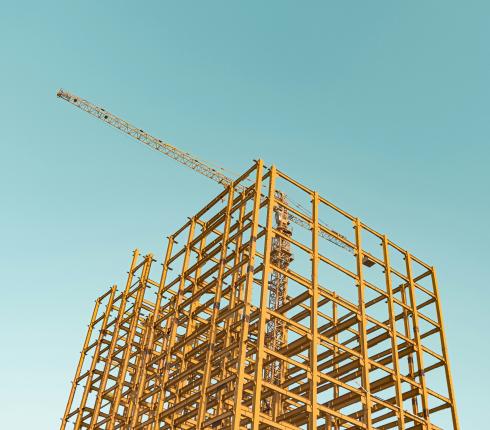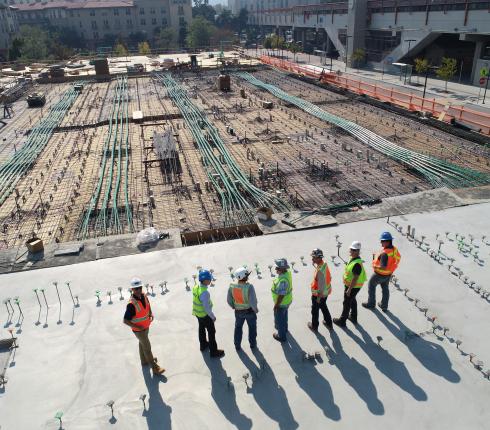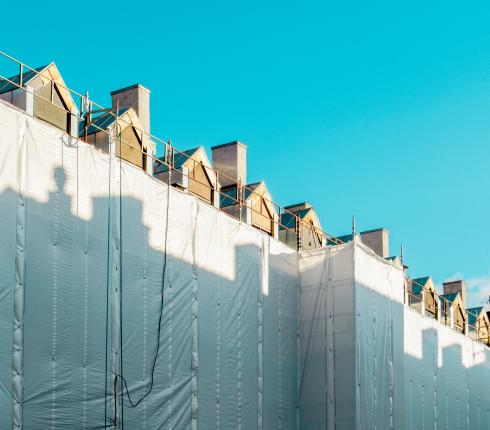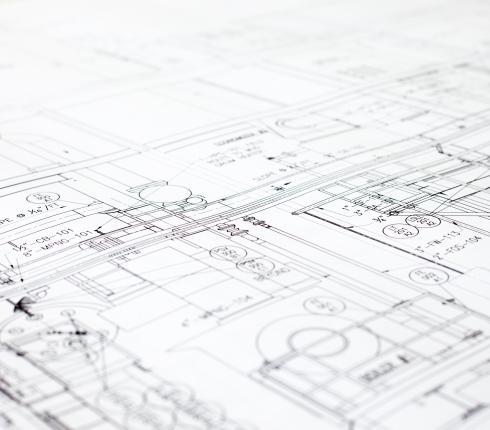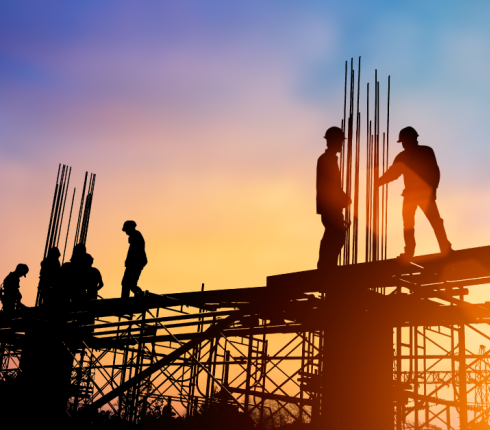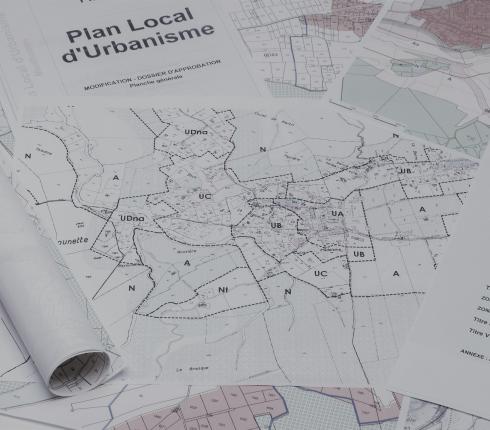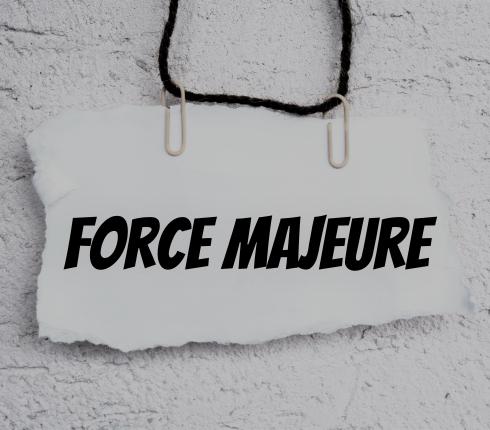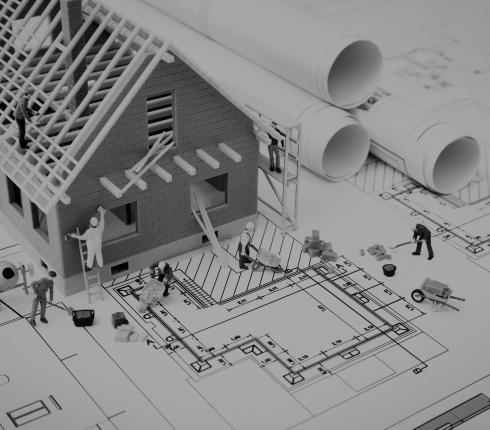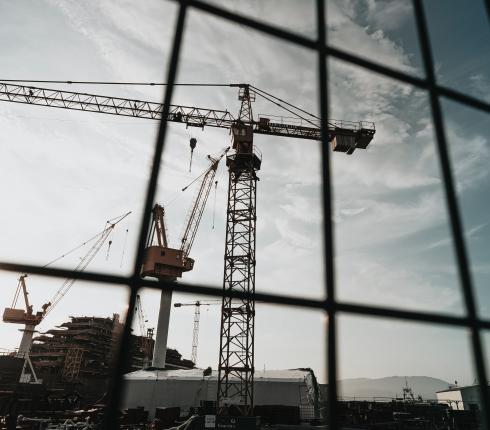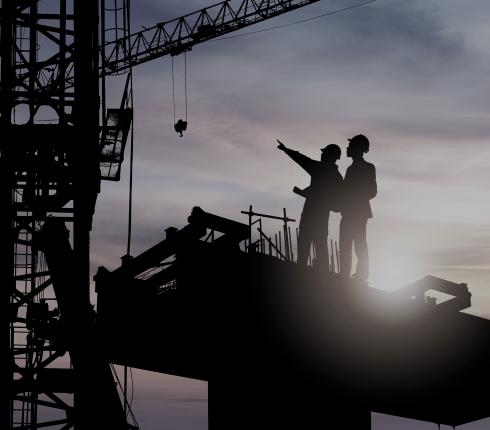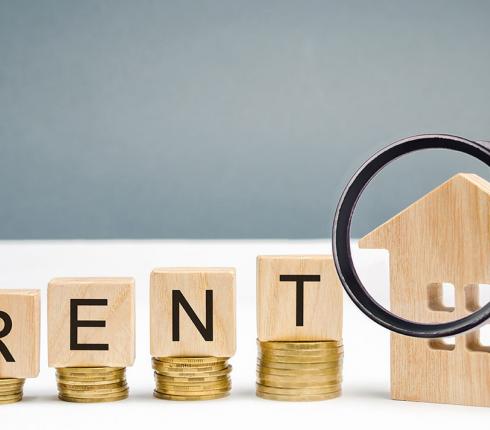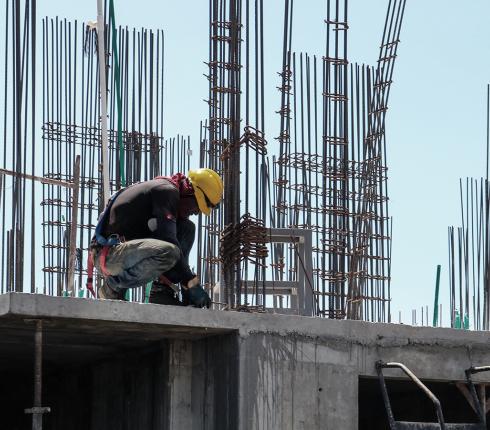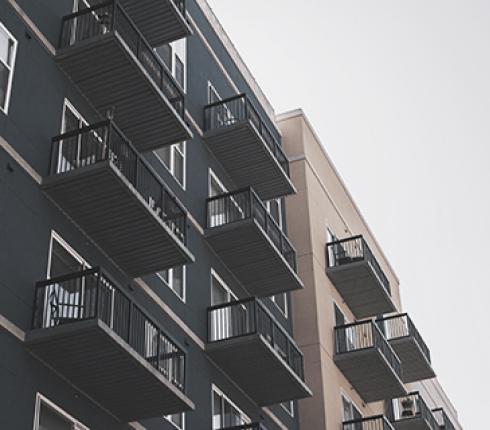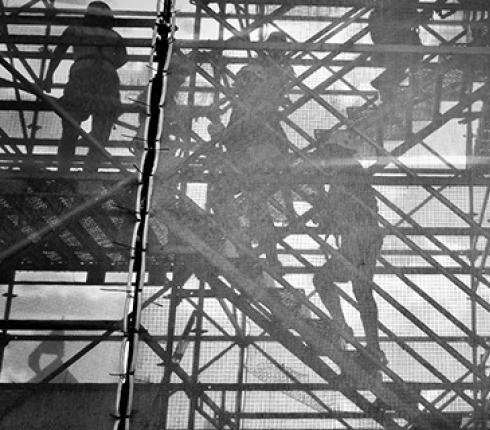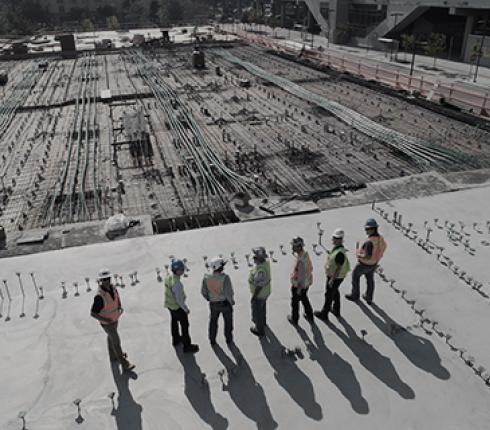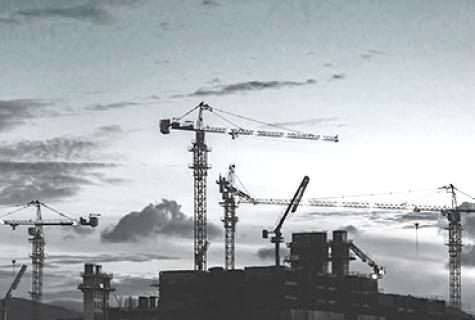NJORD Estonia: Responsibility when ensuring the safety of a building
The safety of a building is ensured by several different measures. Responsibility for building a safe building rests not only with competent and educated designers and builders but also with the manufacturers of building materials and products. It’s easy to embrace the belief: the higher the quality of the materials and products used in construction is, the longer the building itself will last.
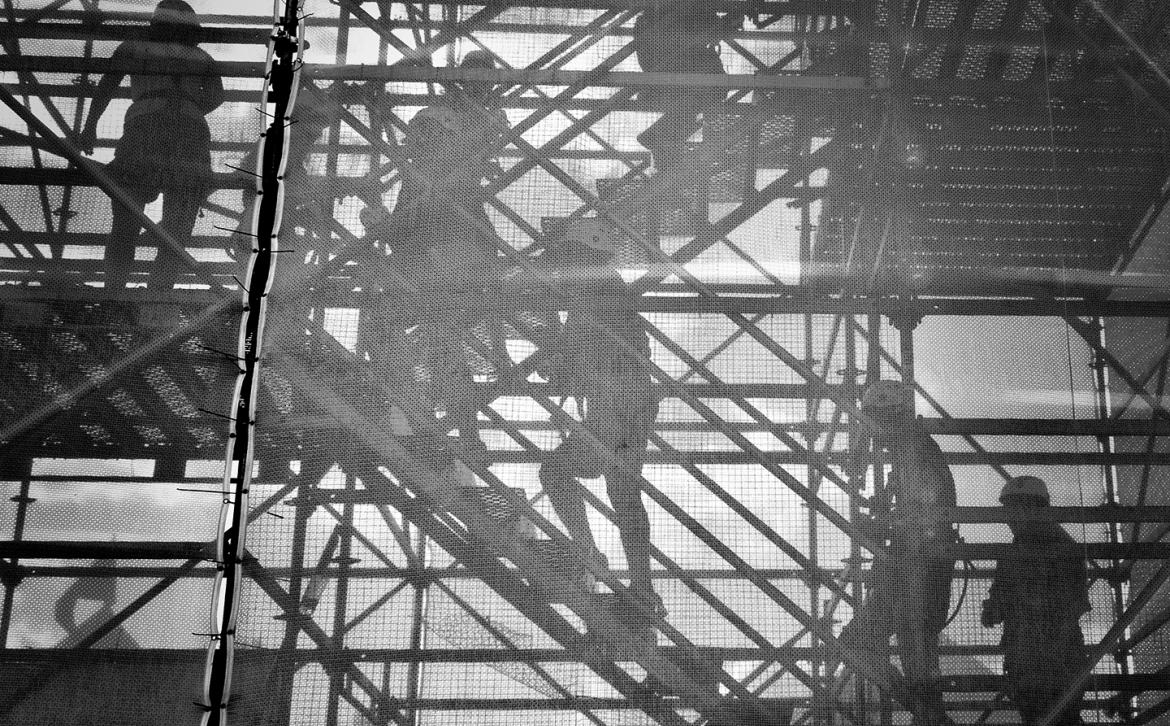
In Estonian legislation, building materials and products are collectively referred to as a construction product. The legislation provides justifiably a rather abstract meaning to the term "product" to cover all possible man-made movables from a masonry stone to a nail. The manufacturer is responsible for making sure that the construction product conforms to the conditions promised by the manufacturer. The responsibility of the manufacturer proceeds on the assumption that they have the first-hand information and control over the products they produce. It is important to understand that the manufacturer of a product is responsible for defective products, whether they manufactured the raw materials or parts of the product themselves, or if they acquired them elsewhere. A similar liability extends to the importer of the construction product into Estonia or the European Union and, in certain cases, also to the supplier.
The building, the construction process and the use of the building must be safe. When a defective construction product causes the need for a modification of the building under construction, a legitimate question arises as to who is responsible for the situation and whether a compensation for damage can be claimed. The responsible parties differ in the event of a manufacturing deficiency or in case of danger due to the deviation from the storage conditions of the construction product. If the materials used in the construction are selected by the builder, the builder shall be liable to the client when defects occur. The builder is liable regardless of whether the defect was caused by a flaw in the construction product or by their own actions. However, the builder may, in turn, have a right to file a claim against the manufacturer or seller of the product.
Under the law of obligations, a product is considered defective if it does not meet the general expectations of an average reasonable consumer. Such expectations may be shaped by product marketing or regarding the intended use of the product. However, there are additional requirements which demand the manufacturer to declare that the product conforms to technical regulations and standards relating to the protection of human life, health, and the environment.
The manufacturer may be required to draw up the relevant technical documentation or have the characteristics of the product assessed and, as a result, make a declaration of performance before placing a construction product on the market. By drawing up this declaration, the manufacturer assumes responsibility and it is presumed that the declaration of performance drawn up by the manufacturer is accurate and reliable. If the product meets the relevant requirements, it is possible to affix a CE marking to the product. CE marking is mandatory for most construction products sold in the European Union. The CE marking confirms that the product has been evaluated and meets the European Union's environmental, health and safety requirements. However, the CE marking is not mandatory for all products. A diligent manufacturer of a construction product can also affix a voluntary CE marking to their product by following the appropriate procedure.
It is the responsibility of the manufacturer to provide relevant product information when placing a product on the market. The information is not limited to affixing the CE marking to the product, but also includes a declaration of performance, instructions for use and safety information, and REACH (Registration, Evaluation, Authorisation and Restriction of Chemicals) information. All of this is necessary to enable us to assess the hazards of using the product during its normal or reasonable lifetime. It is important to understand that the service life of buildings is usually long (up to 50 years). It is generally accepted that construction products, properly labelled and accompanied by the necessary documentation, may be placed on the European internal market without further procedures in other countries.
However, the so-called 'labelling' of the products is not the only necessary activity. Manufacturing processes must be constantly monitored to ensure that the product conforms to the requirements. The producer is subject to increased liability - the producer is liable regardless of fault and there is no need to prove the fault. The increased liability of the manufacturer applies to consumers - the relevant provisions of the Law of Obligations Act apply to the cases in which the product has caused death, personal injury or damage to health or loss or damage to the consumer’s belongings. Claims against the manufacturer can also be submitted by the injured party, who has suffered damage as a result of a defective product, regardless of whether the product was purchased by the party. The manufacturer is liable to the persons engaged in economic or professional activities pursuant to general procedure - either under contract (for example, to the building contractor who bought the construction product) regardless of fault or through non-contractual damage (e.g. to the owner of the building, to whom the manufacturer did not sell any products directly). This means that a collapsing building may result in a rather large pool of claimants and shared responsibility between several parties.
The manufacturer may be released from liability on various grounds. Classically, the manufacturer is released from liability if no defect existed when the product was placed on the market, i.e. the defect was caused by an external factor beyond the manufacturer's control, e.g. the construction product was not stored according to the manufacturer's instructions. The existence of grounds for non-liability must be proved by the manufacturer. The victim must prove the existence of damage and the deficiency of a product and a causal relationship between the deficiency of the product and the damage caused.
In Estonia, state supervision does not intervene when it is established that a non-conforming product does not pose a risk to the building. That dispute is between the seller and the buyer of the building material. In a dispute between a seller of building materials and a buyer, the buyer may, in the event of a deficiency, make the usual claims under the Law of Obligations Act (such as demanding delivery of a non-defective construction product, compensation for the damage caused by a defective construction product, price reduction). It may be difficult to withdraw from the contract if the construction project is on-going (e.g. some defective products have already been used in the building of the construction work, which may make it impossible to return the products received under the contract). The maze of legal relationships between the customer, the builder, the building material supplier or the importer can certainly make the situation more complicated.
Therefore, it is not always possible to prove the quality of a construction product and if a defective product is discovered, it may not be immediately clear who is responsible for it. If the completed construction work is unsafe, many may suffer damage. However, it is possible to assert your rights by paying attention to the products used in the construction under the contractual relations and requiring that the construction products be accompanied by the necessary documentation. A detailed preparation and a more comprehensive contract will help prevent later costly disputes.


